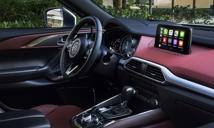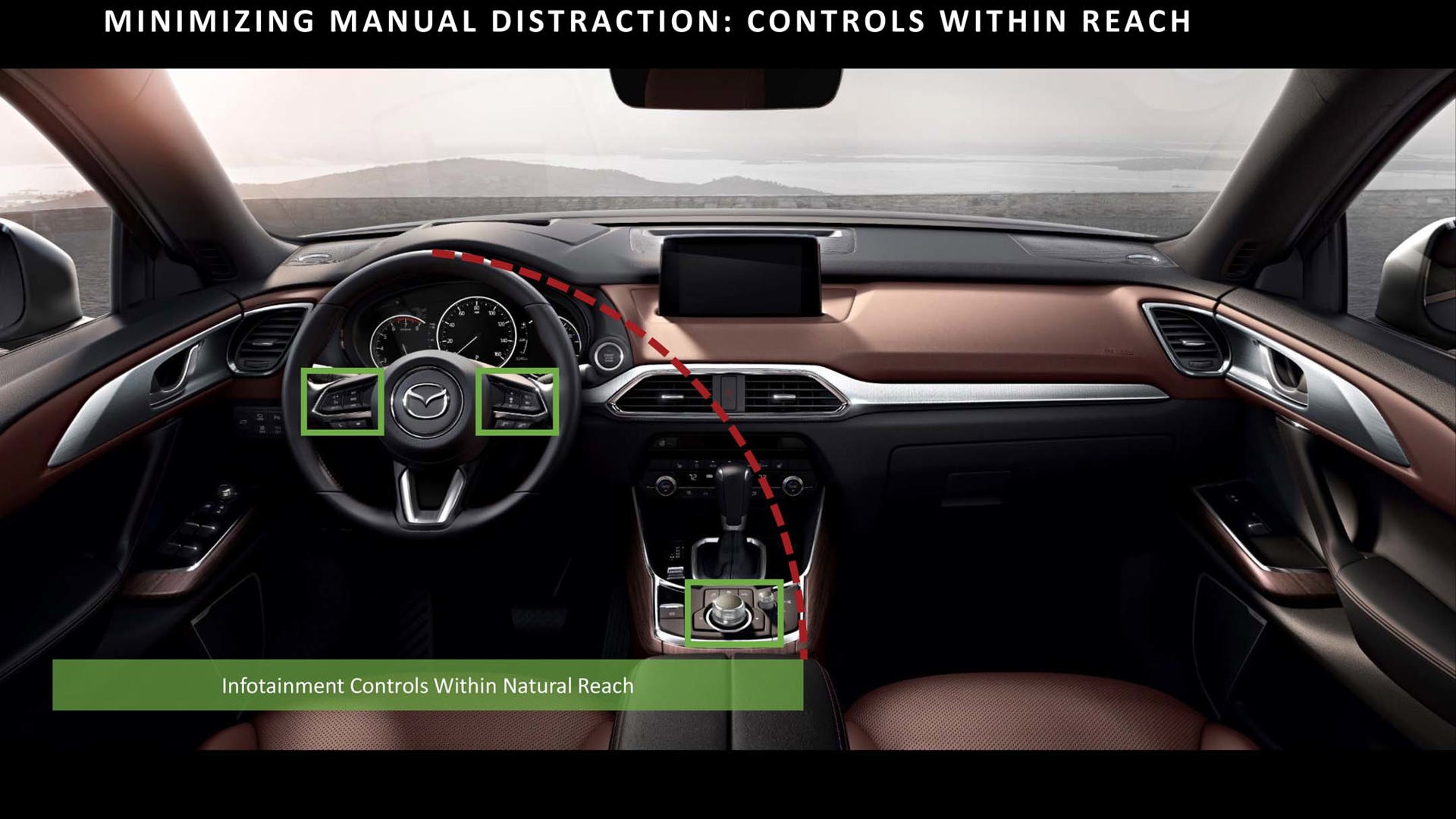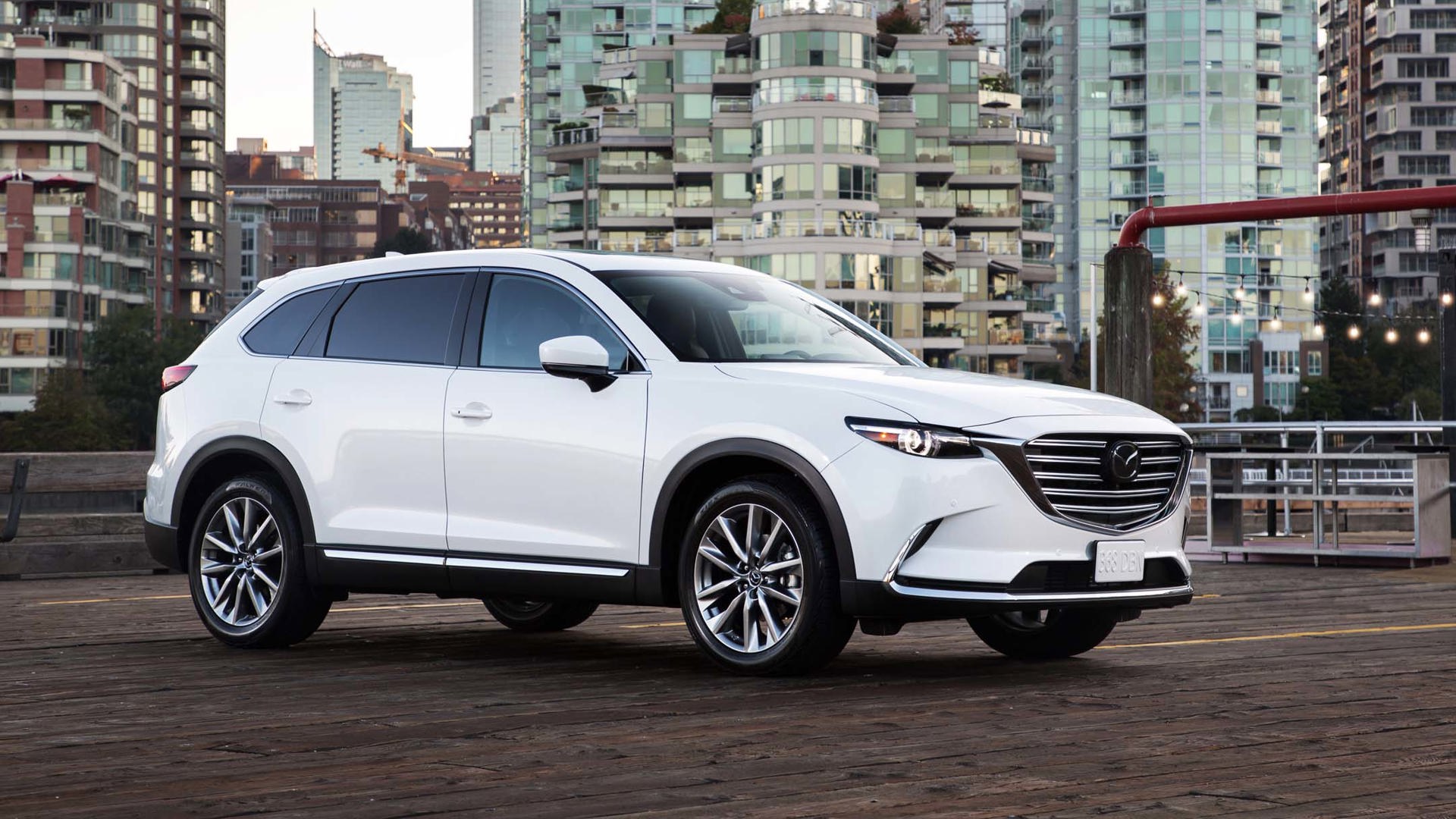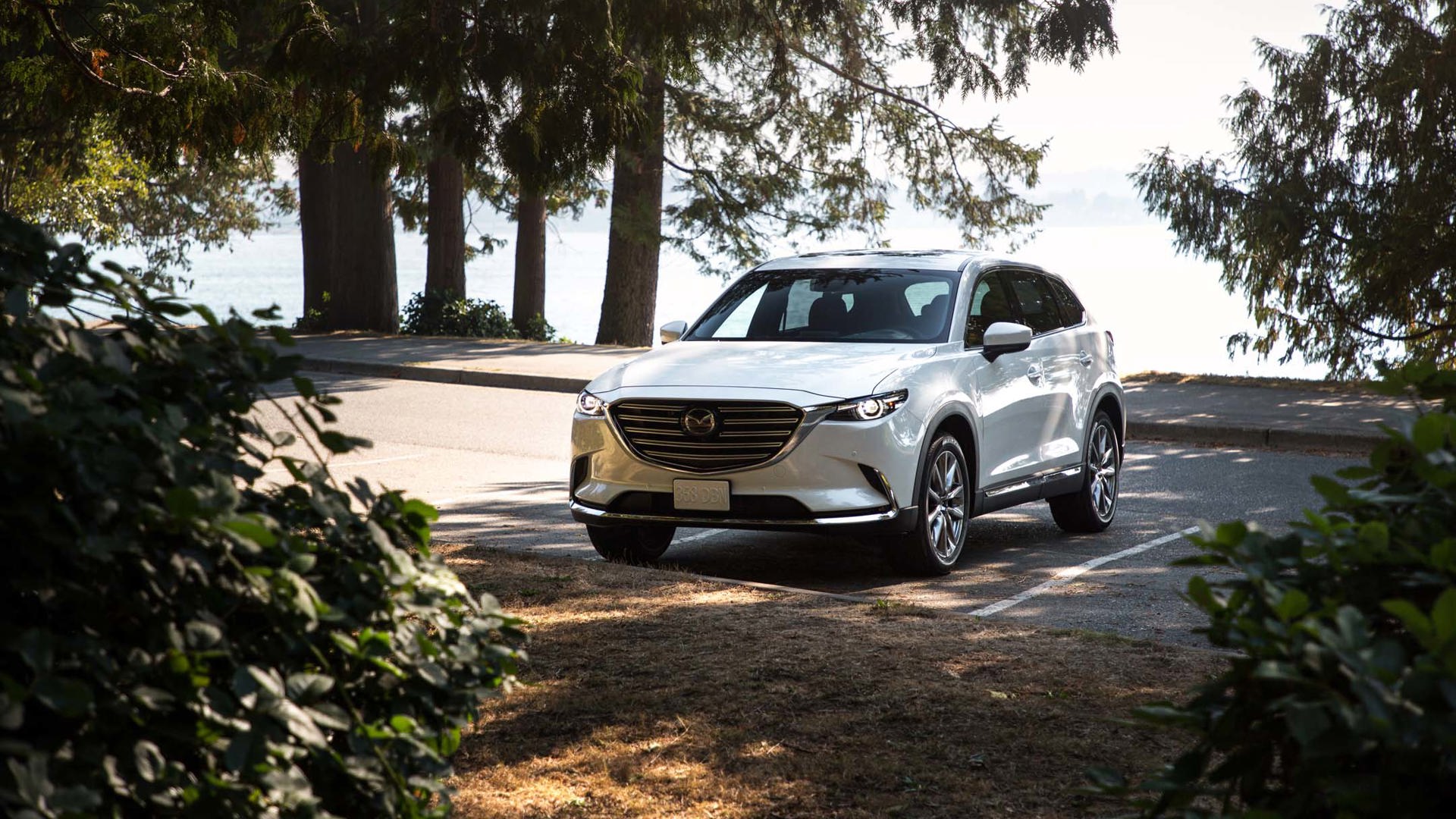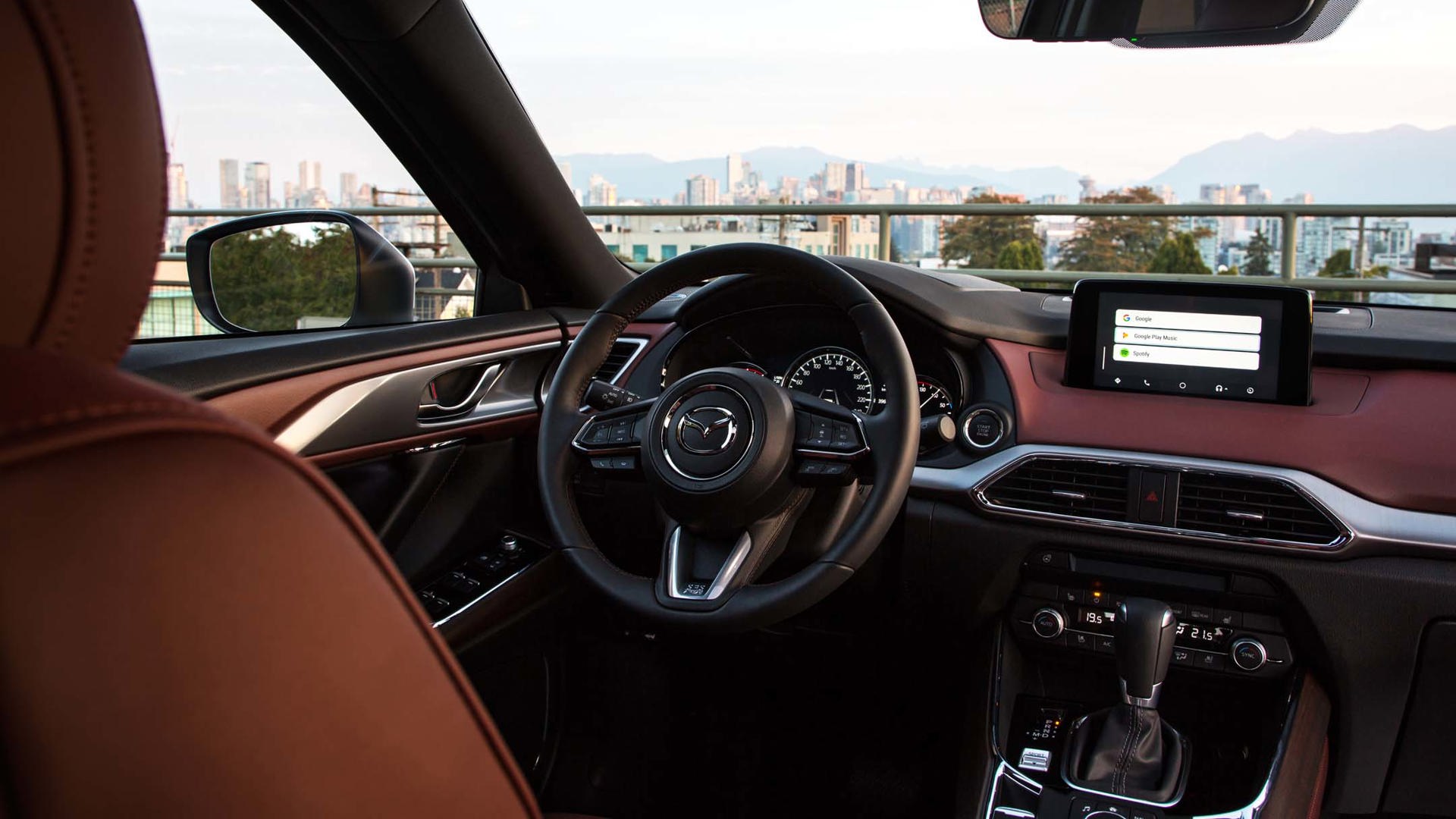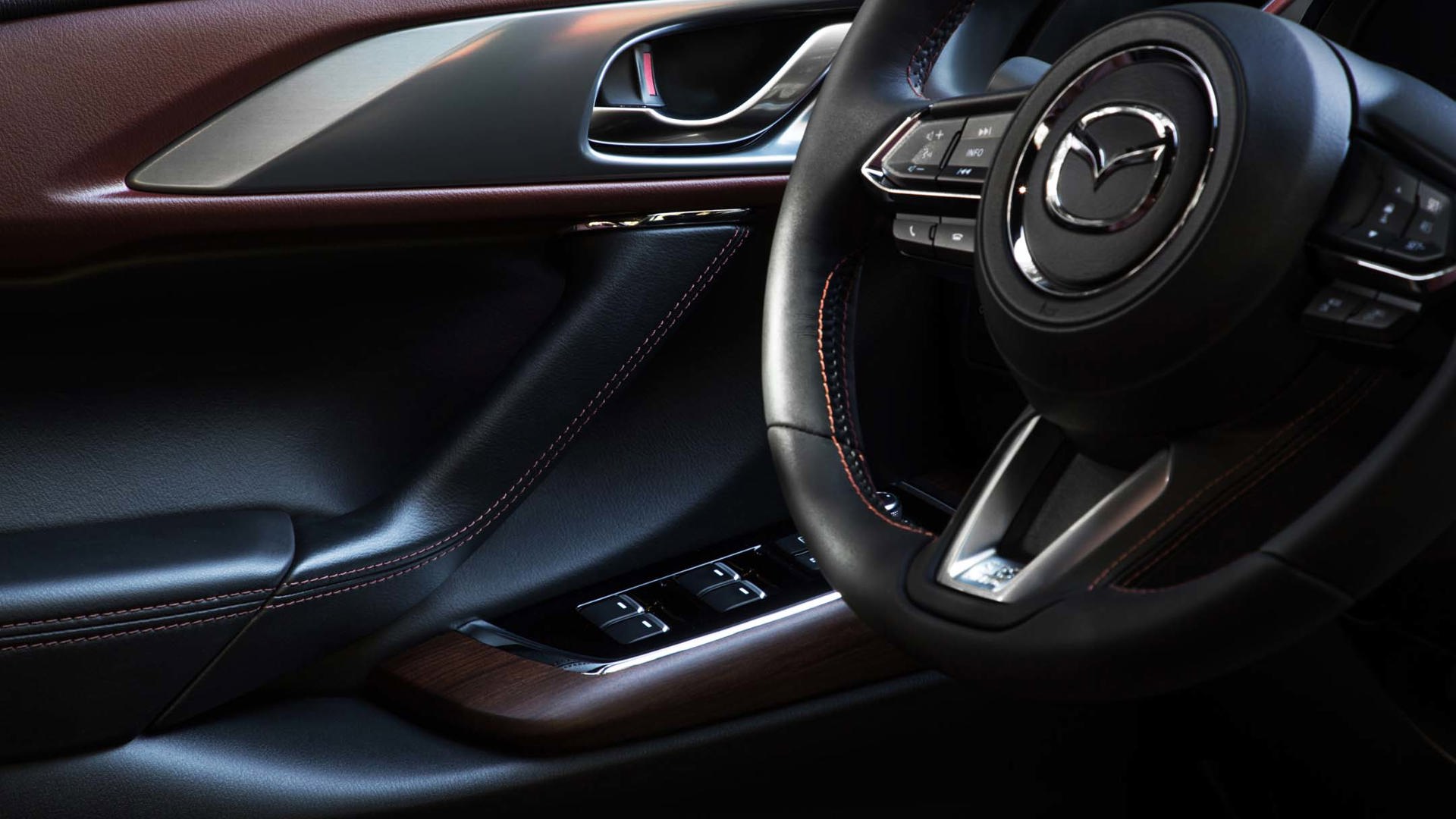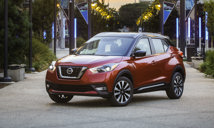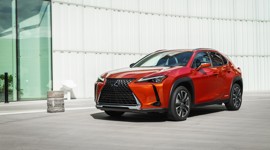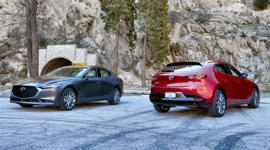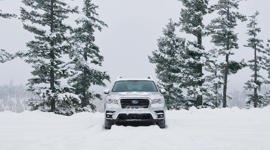“How about some Apple CarPlay and Android Auto integration?”
“Does it come with CarPlay?”
“CarPlay CarPlay CarPlay CarPlay CarPlay.”
This, according to Mazda, is what the comments have looked like on most of their recent new model announcements on social media.
And they’ve finally conceded. Android Auto and Apple CarPlay are both being integrated into Mazda’s on-board infotainment systems, starting with the 2019 CX-9, where functionality for both will be included as standard equipment.
As they’re released, other 2019 models will include CarPlay and Android Auto as well. First up are any 2018 Mazda6 and 2019 CX-3 units built from September onward, and then the rest of the 2019 lineup. The exception is the 2019 MX-5, which is already in showrooms. The exact timing for new MX-5s to receive these features will be announced at a later date.
But what if you just bought a Mazda – did you miss out? Nope. With some hardware and software upgrades, including converting some cabling and the primary USB port, any car that has the MazdaConnect infotainment system equipped – that’s the one with the large rotary dial input – can be converted, in some cases in cars as far back as the 2014 model year.

What Took Them So Long?
If you’ve interacted much with Mazda, it won’t surprise you to learn that this change took more time than average because the company was busy putting an enormous amount of thought and study into it. Smartphone-driven infotainment can be very distracting, and distracted driving has overtaken impaired driving in some jurisdictions to become the deadliest form of negligence on the road. Mazda engineers wanted to ensure they’d covered their bases.
They noted that there are three different types of distraction while driving: cognitive, where your mind is taken off the road by, for example, working on your grocery list or trying to remember which button does what; visual, where your eyes leave the road to locate a button or a feature; and manual, where you take your hands off the steering wheel to interact with the vehicle.
A touchscreen, Mazda says, activates all three types of distraction. There’s the visual demand required to look over at it to use it, the manual demand needed to make inputs, and the cognitive demand required because feature placement on the screen can be dynamic, which makes you stop and think about finding the function you’re looking for.

In particular, using a touchscreen requires the driver to lean forward slightly, which not only requires pulling the shoulders off the seat and removing their support, but also, according to Mazda’s studies, tends to make a driver apply slight movement to the steering wheel, causing the car to move around in the lane. Moving the screen physically closer to the driver can reduce this, but that adds visual load because the difference in focal length between the screen and the road ahead means the eyes take longer to adjust.
This is why Mazda chose to drop touchscreen control almost entirely and turn to its rotary dial input system for controlling Apple CarPlay and Android Auto. Rather than demand gross motor movements such as lifting an arm, the dial is positioned within an easy arm-drop of the driver and requires only fine motor movements with the hand.
MazdaConnect does have touchscreen functionality in some vehicles, but it operates only at speeds of 5 km/h or less – essentially, when the car is at a stop. With Apple CarPlay, this works; the app can be interacted with tablet-style when the car is not in motion. Android Auto’s programming limitations required Mazda to choose between one input type or the other in certain situations, so rather than lose some usability while the car is in motion, the company opted to drop touchscreen support entirely.

Mazda also makes an effort to keep its cockpits segmented so that drivers know what type of information to expect in a given place. Anything centred in front of the driver such as the head-up display or the instrument gauge cluster shows information related only to driving, while functions to the right of the driver are related to convenience and entertainment. Above the cockpit’s main visual line is where the most commonly used functions go, while below that line you’ll find the ones that get less use.
“You’ll never see what song is playing or the incoming caller in front of you in a Mazda because that’s not related to driving,” explained Matthew Valbuena, in-vehicle technology engineer for Mazda North America, at a recent media information session in downtown Toronto.
From Radio, Back to Radio

Coming back to the cognitive distraction element, Mazda demonstrated some scenarios where the MazdaConnect system works in conjunction with the onboard infotainment system in a manner that reduces confusion for the driver.
Some manufacturers set up their systems such that a short press of the voice command button on the steering wheel activates the on-board system and a long press connects with Siri or Google Assistant. Mazda has opted to have the in-app assistant respond to that button at all times when the app is running to give the driver one less thing to remember.
The home, entertainment, and navigation buttons on the dial interface are contextually aware. A long press of the home button switches between the interface with either the phone or the car, and the other buttons know which system the active navigation or music is originating from and will take you to the controls for the one that’s active. In CarPlay, when Siri is launched, the system returns you to whichever screen you were on last, regardless of whether it’s in CarPlay or the Mazda UI.
Additional Updates to SiriusXM

Mazda’s aware of the fact that some of its customers may not have smartphones, may not care about these features, or may be conservative data users, which has led to some additional updates to the rest of the MazdaConnect system.
New models with on-board navigation will now come with SiriusXM Travel Link under a five-year trial subscription. This provides live traffic information for most metropolitan areas in Canada, including traffic flow information, construction and accident alerts, and automatic rerouting that updates every two minutes, as well as current weather, six-hour and five-day forecasts, weather radar, and severe weather alerts. Local fuel pricing, parking information, and sports scores are integrated as well.
This Travel Link trial subscription isn’t connected to a SiriusXM music subscription, which comes only as a three-month trial on Mazda products. Travel Link currently costs $6.99 per month, though that price may change five years out.
Speaking of music, Mazda has updated its SiriusXM interface to include album art, station logos, and an improved metadata display to show longer artist names and song titles. Three new features have been added: Tune Start, which allows you to save up to 10 favourite stations that, when tuned, will start the current song from the beginning; Tune Scan, which scans through recorded songs you haven’t listened to yet; and Tune Mix, which functions as a shuffle between favourited stations.
Unlike the smartphone app updates, these new SiriusXM features are not retrofittable. They can be found only in new Mazdas beginning, with most vehicles, in the 2019 model year.
Where Do I Sign Up?

As mentioned at the start, these updates will be available in most 2019 Mazdas from here on out. If you’re looking for a retrofit, depending on how old your car is, you may need to wait a little longer. With this being a global solution and 270,000 cars in Canada alone being eligible for the upgrade, Mazda is rolling out availability in stages to manage parts and service availability.
At first, only 2018 Mazda6 and 2019 CX-3 owners will be able to request the upgrade. This is because these changes are a mid-model-year update in these two cars and the company doesn’t want buyers to feel they made a mistake by being early adopters. For these owners, the upgrade can be installed by a dealer at a promotional price of $250 until February 28, 2019.
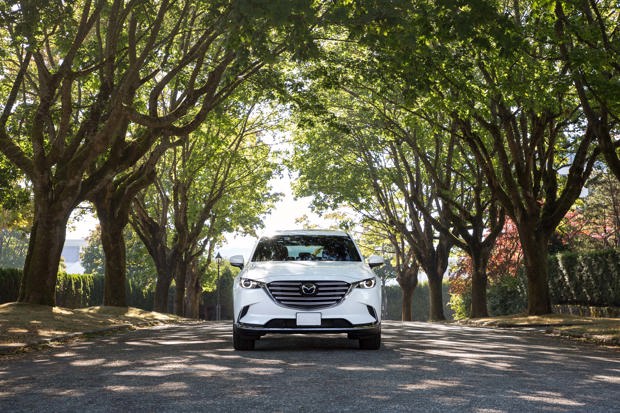
Once initial demand on these models has been filled, the upgrade will become available to the owners of other MazdaConnect-enabled vehicles, which includes these model years and later: 2014 Mazda3; 2016 Mazda6, MX-5, CX-3, CX-5, and CX-9; and 2017 MX-5 RF. It will cost $445 to complete the necessary updates on older vehicles, which include the new USB port, upgraded wiring, software upgrades, and 1.4 hours of dealership labour.
Mazda will be monitoring demand on the first two eligible models to ensure that the company can consistently keep up. More precise dates for when appointment bookings will open up to older models will be announced at a later date – ideally, the company says, toward the end of this year.
